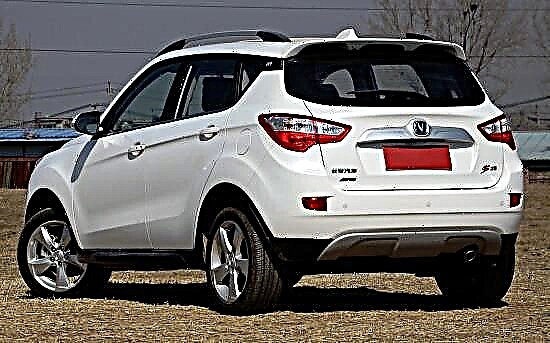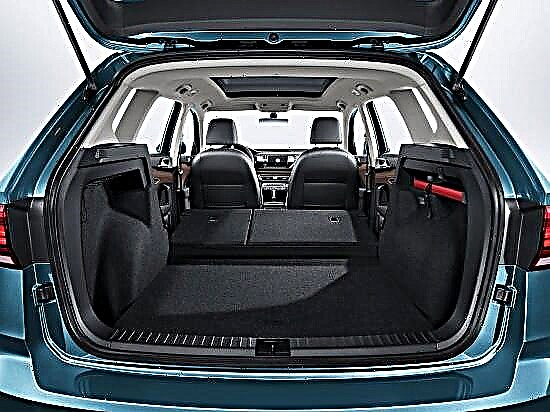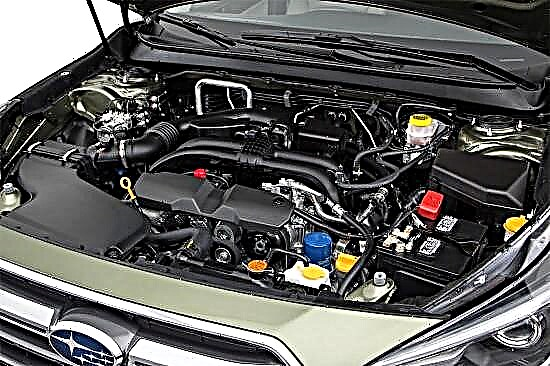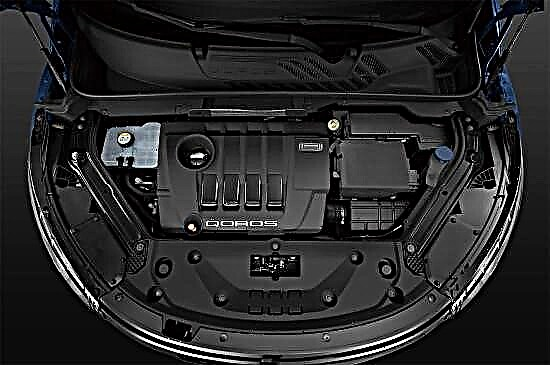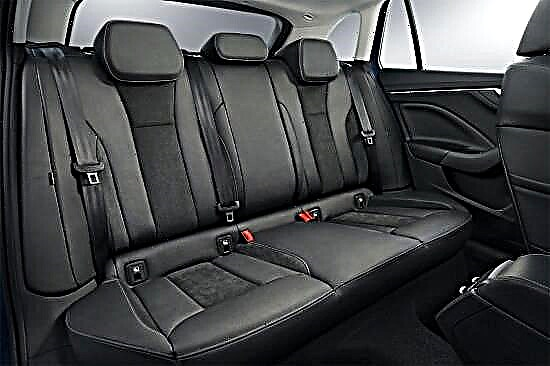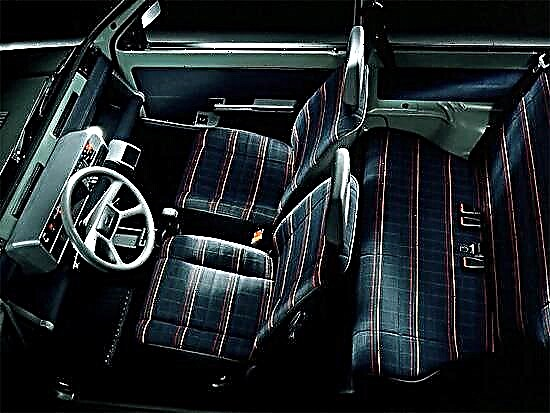The first generation of the subcompact model Fiat Panda, which replaced the city car Fiat 126, was first presented to the public in 1979, and celebrated its world premiere in March 1980 at the international Geneva bridegrooms.

In January 1986, the car underwent the first modernization, thanks to which it was visually transformed and acquired a number of mechanical improvements, and five years later it was renewed once again, having received improvements in appearance, decoration and technical "filling".

Starting in 1996, the car began to gradually leave the markets of European countries, but in Italy it was produced until May 2003.

The original Panda is a European-class A-class, with a body palette that combines three-door hatchback and convertible soft-top options.

The overall dimensions of the city car are as follows: 3380 mm in length, of which 2160 mm is taken by the wheelbase, 1445 mm in height and 1460 mm in width. In the "combat" state, the car weighs from 650 to 810 kg, depending on the modification.
The first "release" Fiat Panda was equipped with a large number of gasoline two- and four-cylinder "aspirated" 0.7-1.1 liters, the output of which totaled 34-55 horsepower and 66-86 Nm of torque, as well as a 37-horsepower diesel "four" with a volume of 1.3 liters.
By default, the engines were docked with a 4-speed "mechanics" and front-wheel drive transmission, and some versions could boast of the presence of all-wheel drive.
"Panda" of the first generation is built on the front-wheel drive architecture "Type Zero" with a transversely based power unit in the front. The car is equipped with independent front and dependent rear suspensions - MacPherson struts and a continuous axle suspended on leaf springs, respectively. The city car has a rack-and-pinion steering system, devoid of an amplifier. The brake complex of the machine is formed by the front disc and rear drum devices.
The first generation of Fiat Panda is distinguished by a simple and reliable structure, economical (albeit low-power) engines, good overall driving performance and affordable service.
The disadvantages of the car include an outdated design in all aspects, a complete lack of sound insulation and a cramped interior.

